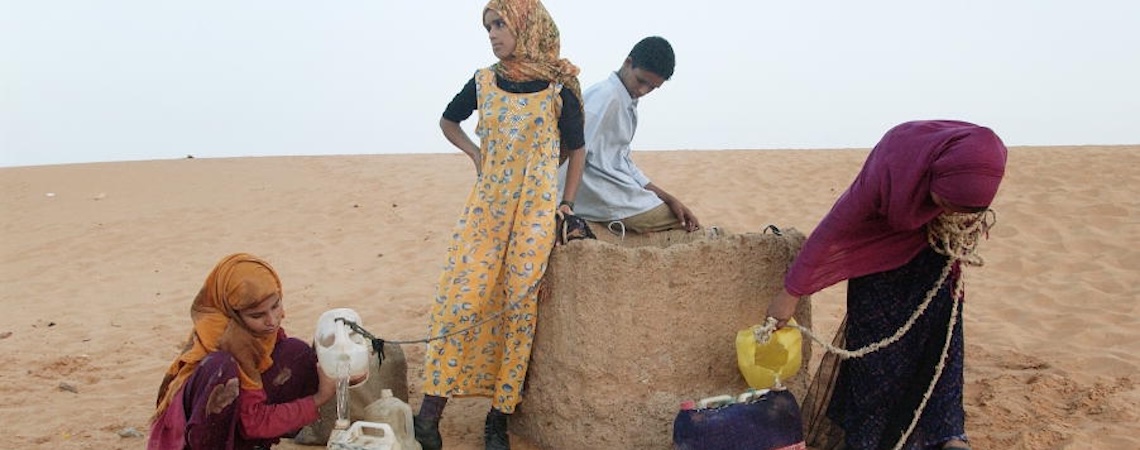
Photo:
The Government of Algeria launched its National Adaptation Planning (NAP) process in 2018, with the objective to anchor it in the existing plans and strategies, including sectoral development plans. This readiness project will support the alignment of Algeria’s adaptation planning process with the National Strategy for the Environment and Sustainable Development (2020-2035), the National Action Plan for the Environment and Sustainable Development (PNAEDD), and the National Climate Plan (PNC). The project aims to address institutional, informational and capacity barriers by fostering integration of adaptation in planning processes, strengthening the institutional and human capacities as well as increasing adaptation investments for increased resilience and reduced vulnerability.
The project was approved on April 5th 2023.
- National
- National Governments
The main beneficiaries are the National Climate Committee (CNC), the National Agency for Climate Change (ANCC), the Ministry of Environment and Renewable Energies (MEER), as well as the institutions in charge of the following priority sectors identified in the Nationally Determined Contribution: agriculture and forestry, water resources, public health and public works and transport.
- Algeria’s Ministry of Environment and Renewable Energies
As stated in its NDC, Algeria intends to develop a national adaptation plan (NAP) focused on the protection of populations and the preservation of infrastructure against climate change risks. Algeria has defined a NAP process as part of its broader set of policies and strategies to tackle climate change and this project aims to advance this process and operationalize the National Climate Policy. In line with the NAP vision, the project aims to integrate adaptation in planning processes to reduce vulnerability and increase resilience to climate change impacts.
Algeria is facing increasing climate-related disasters such as heat waves, droughts and floods and it is particularly affected by climate change due to the high vulnerability of all its main economic sectors. Barriers to addressing these impacts include:
The inadequacy of the institutional framework to steer climate change adaptation and ensure cross-sectoral integration and coordination;
Limited evidence base for decision-making and insufficient dissemination and use of climate-related information;
Limited capacity of technical staff of ministerial departments and administered agencies to prepare investment plans and mobilize financial resources for the implementation of adaptation measures.
The project aims to address these barriers by focusing on the following results under the four main outcomes:
Strengthen the institutional framework to steer adaptation planning and ensure cross sectoral integration by putting in place gender sensitive guidelines for integration of climate change adaptation into the development planning processes in the four priority sectors (agriculture and forestry, water resources, health, public works and transport).
Integration of climate change adaptation in local planning by targeting 32 wilayas through specialized trainings as well as facilitating coordination between the central and local levels.
Address the information gaps by setting up a centralized information system by establishing a network of coastal and sea resources and develop the evidence base for effective adaptation measures.
Engage the private sector in co-identifying and co-designing a pipeline of bankable projects and developing public private partnerships.
Strengthening the institutional and organization capacities to assess and integrate adaptation actions for domestic financing and by creating investment opportunities through the GCF programme and the financing strategy.
- Outcome 3.1: Adaptation planning governance and institutional coordination strengthened
- Outcome 3.2: Evidence base produced to design adaptation solutions for maximum impact
- Outcome 3.3: Private sector engagement in adaptation catalyzed
- Outcome 3.4: Adaptation finance increased
